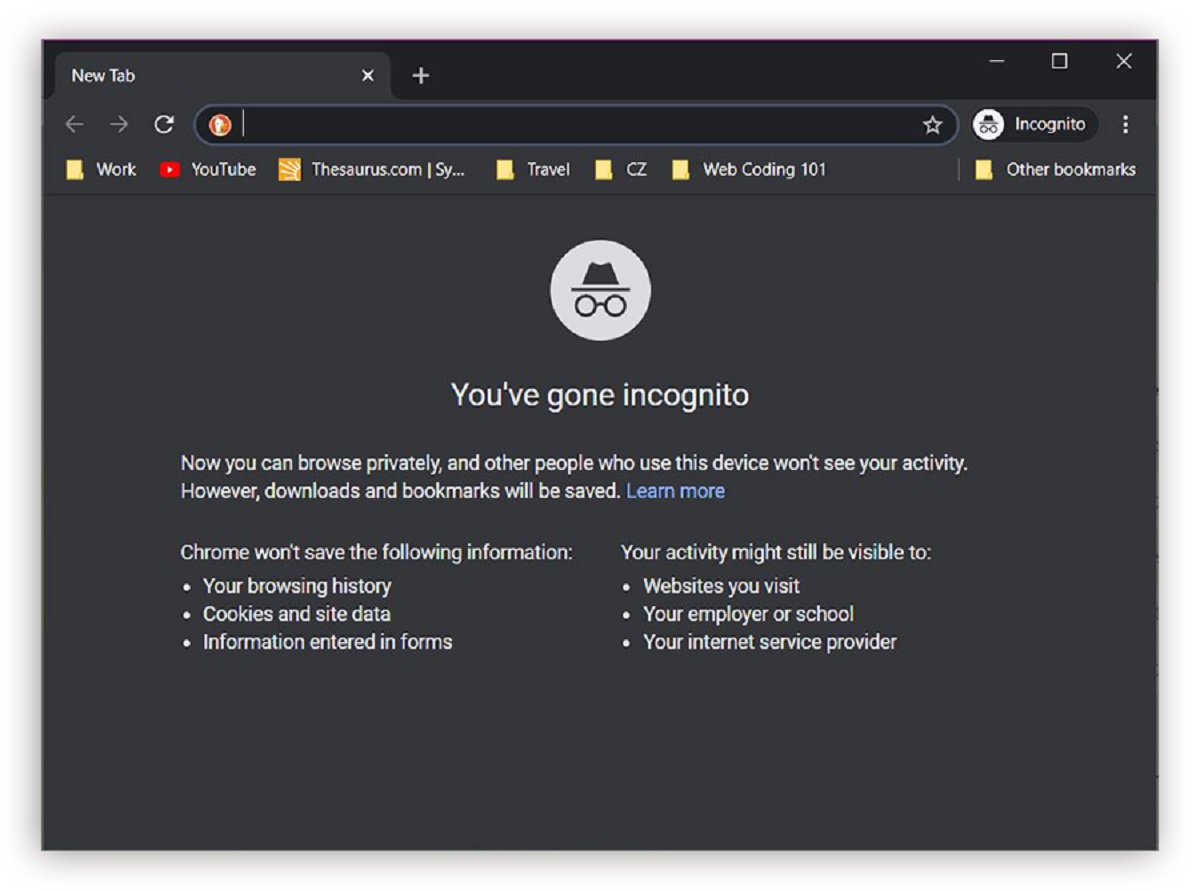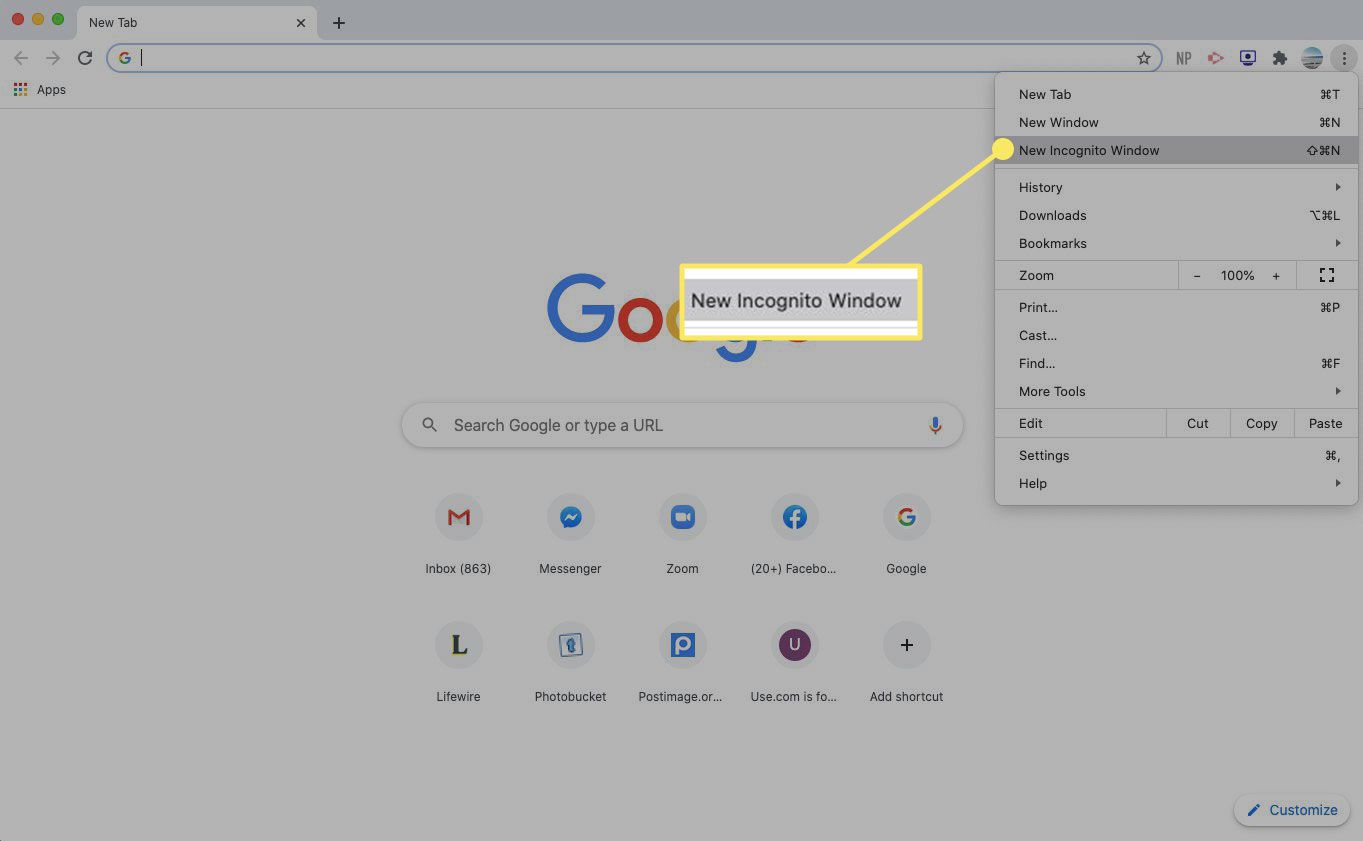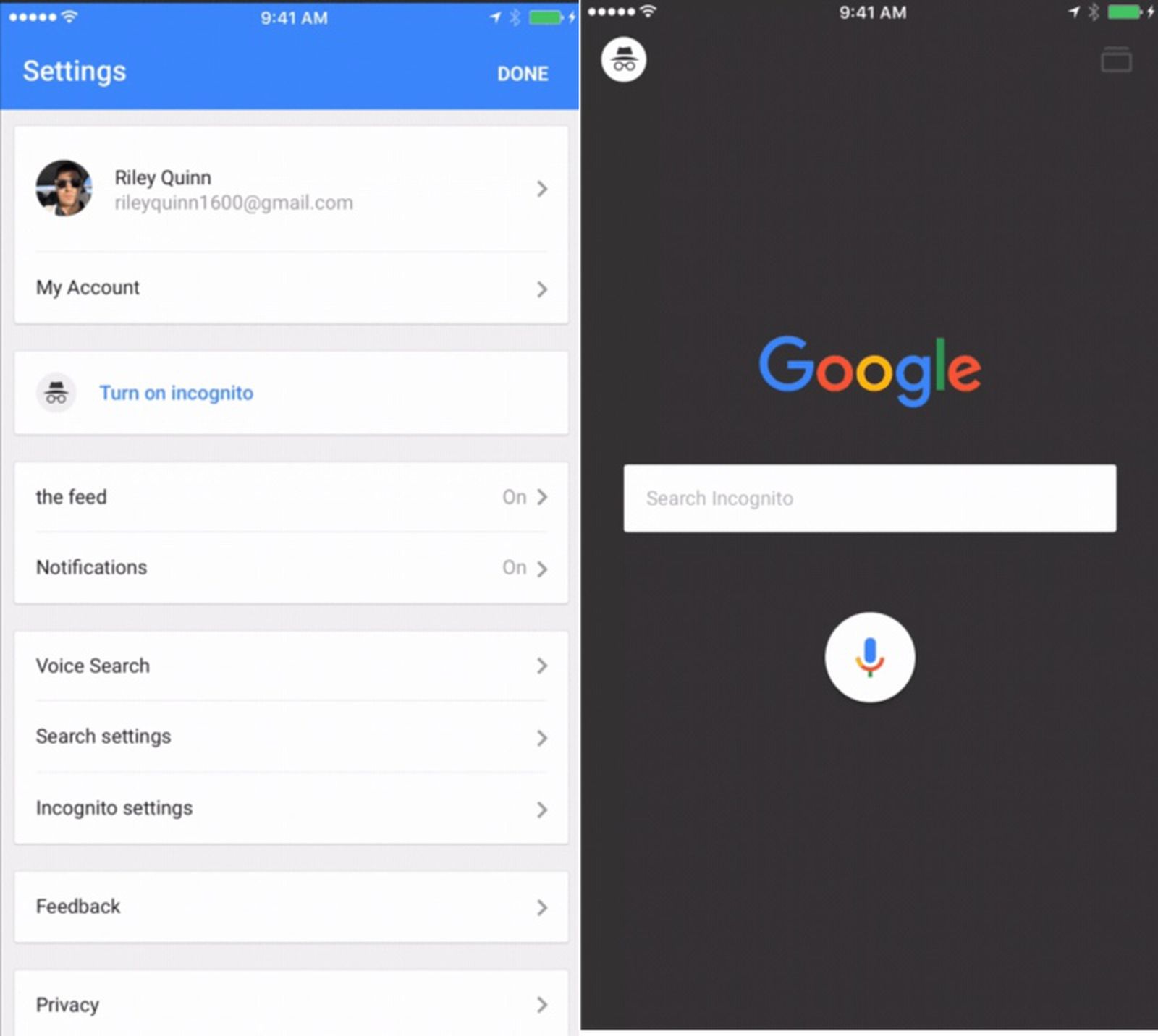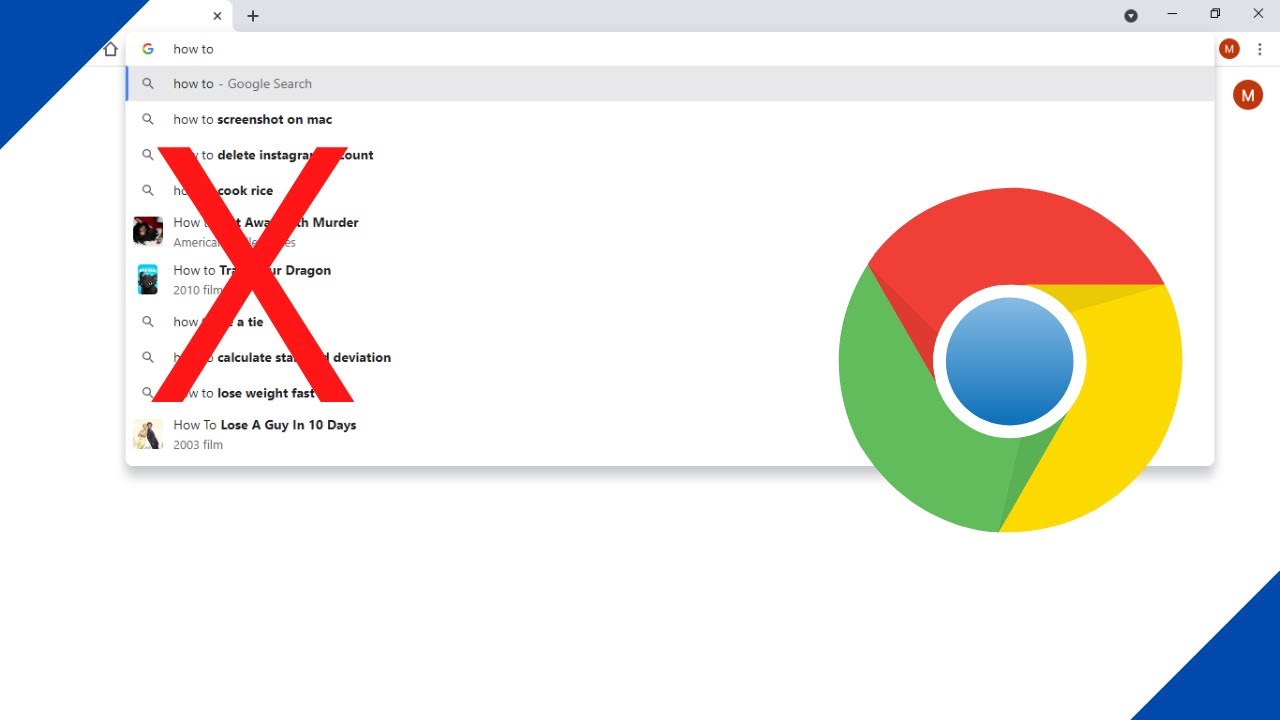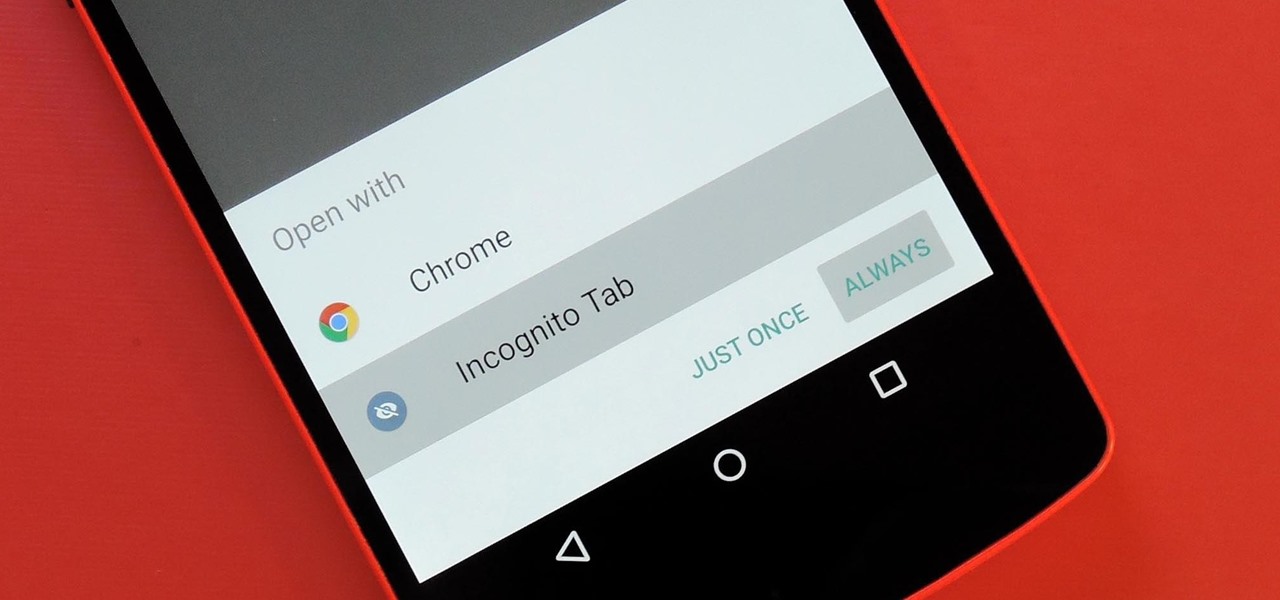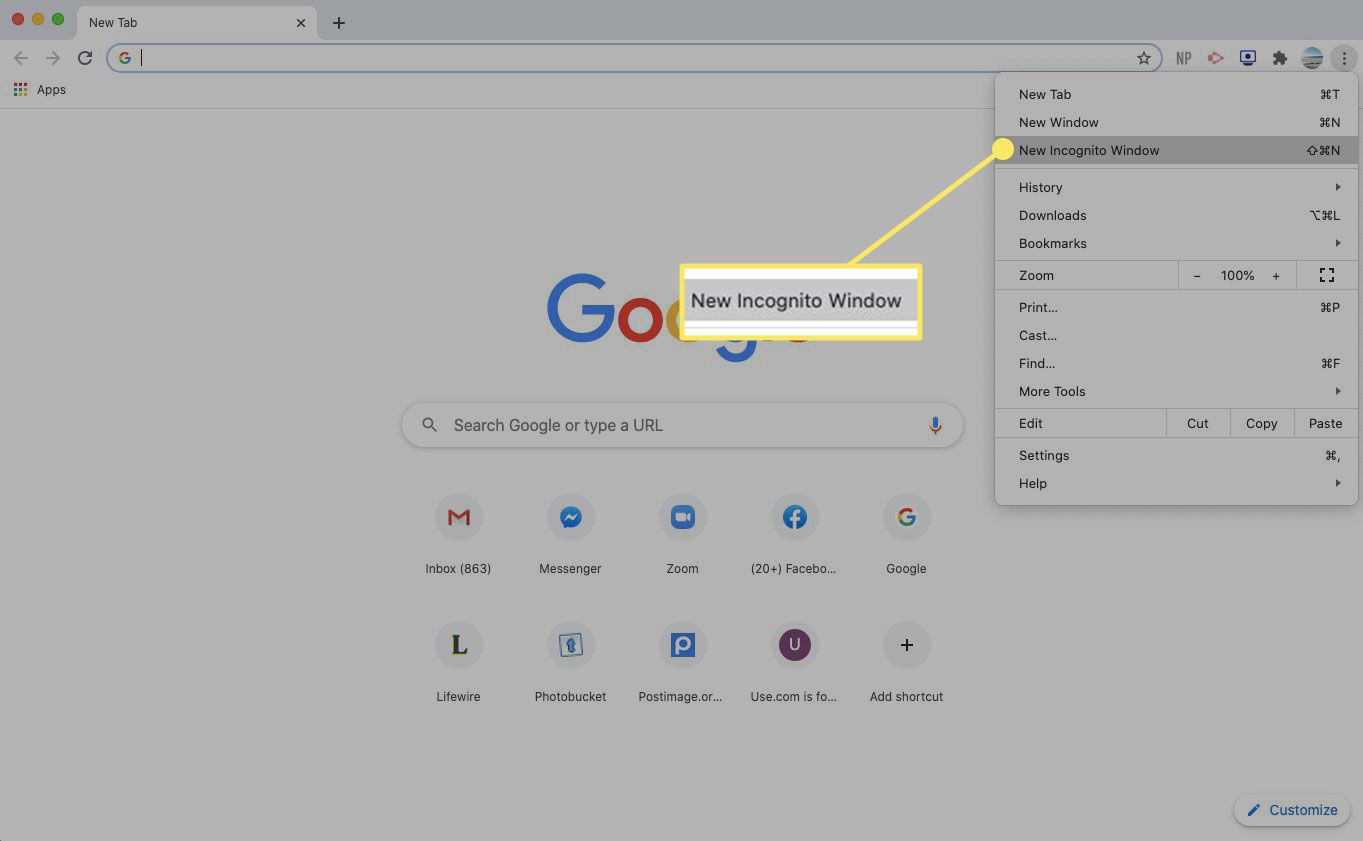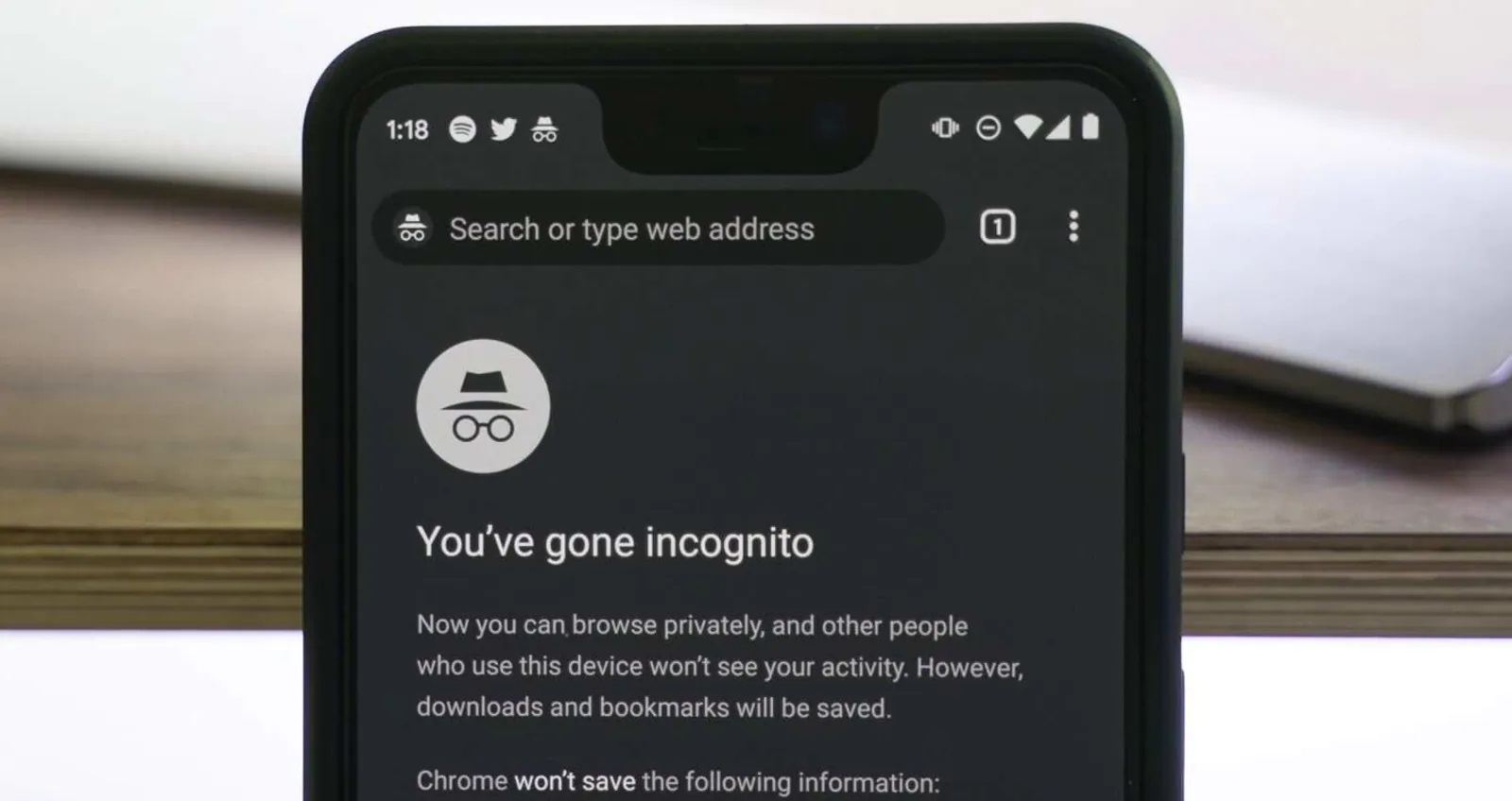Introduction
When browsing the internet, there are times when you may want to keep your online activities private and prevent your browsing history, cookies, and search queries from being saved. This is where the Chrome Incognito Mode comes in handy. Incognito Mode is a feature provided by the Google Chrome web browser that allows you to browse the internet without leaving traces on your device.
With Incognito Mode enabled, Chrome will not store your browsing history, cookies, form data, or any other information that could potentially be used to track your online activities. This can be particularly useful if you are using a shared computer or if you simply want to keep your online activities private.
In this article, we will explore different methods to open Chrome in Incognito Mode. Whether you prefer using keyboard shortcuts, accessing it from the Chrome menu, creating a desktop shortcut, or modifying Chrome properties, we’ve got you covered. Let’s dive into the various ways to open Chrome in Incognito Mode and start browsing the web with added privacy.
What is Incognito Mode?
Incognito Mode, also known as private browsing, is a feature offered by most modern web browsers, including Google Chrome. When you browse the internet in Incognito Mode, your browsing history, cookies, and other site data are not stored on your device. This means that any websites you visit, files you download, or form data you enter will not be saved, allowing for a more private and anonymous browsing experience.
While using Incognito Mode, your actions are not completely hidden. Your internet service provider, workplace, or school network administrator can still see the websites you visit. Additionally, any websites you visit can track your activities using tracking technologies such as cookies and IP addresses. However, once you exit Incognito Mode, your browsing session is cleared, and your browsing history is not saved on your device.
Incognito Mode can be useful in various situations. For example, if you are using a public computer or a device shared with others, enabling Incognito Mode ensures that your browsing activity is not accessible to anyone who uses the device after you. It can also help prevent websites from accessing cookies or connected accounts, which can be beneficial if you want to sign in to a different account without logging out of your main account.
It’s important to note that while Incognito Mode provides privacy from people who have access to your device, it does not provide complete anonymity on the internet. Your internet service provider, the websites you visit, and other entities can still track your online activities, even though your browsing history is not stored on your device.
Now that we understand what Incognito Mode is and its limitations, let’s explore different methods to open Chrome in Incognito Mode and start browsing the web with an added layer of privacy.
Why Use Incognito Mode?
There are several reasons why you might want to use Incognito Mode when browsing the internet:
- Privacy: Incognito Mode ensures that your browsing history, cookies, and other site data are not stored on your device. This is particularly useful if you are using a shared computer or if you want to keep your online activities private.
- Multiple Account Management: Incognito Mode allows you to sign in to multiple accounts on the same website simultaneously. For example, you can log in to one Google account in your regular browsing window and another Google account in an Incognito window.
- Bypass Personalization: Many websites personalize content based on your browsing history and cookies. By using Incognito Mode, you can browse without the influence of personalized recommendations and advertisements.
- Testing Websites: If you are a web developer or designer, Incognito Mode can be useful for testing websites without the interference of cached data and cookies.
- Surprise Gift Shopping: Incognito Mode is great for keeping surprise gifts a secret. When you shop for gifts in Incognito Mode, your browsing history and recommendations won’t spoil the surprise by showing related ads.
While Incognito Mode provides these benefits, it’s important to note that it does not make you completely anonymous on the internet. Your internet service provider and websites you visit can still track your activities. If you require complete anonymity, you may need to use additional tools or techniques, such as a virtual private network (VPN) or Tor.
Now that you understand the advantages of using Incognito Mode, let’s explore the different methods to open Chrome in Incognito Mode and enjoy a more private browsing experience.
Method 1: Using the Keyboard Shortcut
One of the quickest and easiest ways to open Chrome in Incognito Mode is by using a keyboard shortcut. The keyboard shortcut varies depending on your operating system:
- Windows and Linux: Press Ctrl + Shift + N simultaneously.
- Mac: Press Command + Shift + N simultaneously.
When you use the keyboard shortcut, a new Incognito window will open, indicating that you are browsing in Incognito Mode. You can now start browsing the internet without leaving any trace of your online activities on your device.
This method is ideal if you prefer using keyboard shortcuts and want a convenient way to launch Chrome in Incognito Mode quickly. Practice using the keyboard shortcut a few times, and it will become second nature.
If, for any reason, the keyboard shortcut doesn’t work on your system or you want to explore alternative methods, continue reading to learn additional ways to open Chrome in Incognito Mode.
Method 2: Opening Chrome and Selecting Incognito Mode from the Menu
If you prefer using the mouse or trackpad to navigate through menus, you can open Chrome and select Incognito Mode from the Chrome menu. Here’s how:
- Open the Google Chrome browser by double-clicking the Chrome icon on your desktop or selecting it from the Start menu or applications folder.
- With Chrome open, look for the “Menu” icon in the top-right corner of the browser window. It is represented by three vertical dots.
- Click on the “Menu” icon to open a dropdown menu.
- In the dropdown menu, hover your cursor over the “New Incognito Window” option.
- Click on “New Incognito Window” to open a new Chrome window in Incognito Mode.
Once you select “New Incognito Window,” a new Chrome window will open, indicating that you are browsing in Incognito Mode. You can now start browsing the internet privately without worrying about your browsing history or cookies being saved.
This method is useful if you prefer navigating through menus with a mouse or trackpad. It provides a visual confirmation of entering Incognito Mode and allows you to open an Incognito window directly from the Chrome menu.
If you find this method too cumbersome or want to explore more efficient ways to open Chrome in Incognito Mode, continue reading to discover additional methods.
Method 3: Creating a Desktop Shortcut for Incognito Mode
If you frequently use Incognito Mode in Chrome, you can create a desktop shortcut to open Chrome directly in Incognito Mode. This provides a convenient and time-saving method for accessing Incognito Mode. Here’s how to create a desktop shortcut:
- Right-click on an empty space on your desktop to open the context menu.
- Select “New” from the context menu, and then choose “Shortcut.”
- In the “Create Shortcut” window that appears, you will need to enter the location of the Chrome executable file. The default location for Chrome varies depending on your operating system:
- Windows: Enter “
C:\Program Files\Google\Chrome\Application\chrome.exe“. - Mac: Enter “
/Applications/Google Chrome.app/Contents/MacOS/Google Chrome“. - Linux: Enter “
/usr/bin/google-chrome“. - Click “Next” to proceed.
- Give your shortcut a name, such as “Chrome Incognito” or any other desired name.
- Click “Finish” to create the desktop shortcut.
- Right-click on the newly created desktop shortcut and select “Properties” or “Get Info.”
- In the properties window, under the “Target” field, add
--incognitoat the end of the target path. For example, the target path for Windows would look like this: “C:\Program Files\Google\Chrome\Application\chrome.exe --incognito“. - Click “Apply” or “OK” to save the changes.
Once you have created the desktop shortcut and added the --incognito flag, you can double-click on the shortcut to open Chrome directly in Incognito Mode.
This method is ideal if you regularly use Incognito Mode and want a quick and easy way to access it from your desktop. By creating a dedicated shortcut, you can save time and bypass the need to open Chrome first and then select Incognito Mode.
If you prefer not to create a desktop shortcut or want to explore alternative methods, continue reading to learn more ways to open Chrome in Incognito Mode.
Method 4: Modifying Chrome Properties
If you want to open Chrome in Incognito Mode directly from the Chrome application itself, you can modify the Chrome properties. By making a small adjustment to the target path in the properties window, you can ensure that Chrome always opens in Incognito Mode. Here’s how to do it:
- Right-click on the Chrome application icon either on your desktop or in the Start menu.
- Select “Properties” from the context menu.
- In the properties window that appears, look for the “Target” field.
- Add a space after the existing target path, and then type
--incognito. The modified target path should look similar to this example for Windows: “"C:\Program Files\Google\Chrome\Application\chrome.exe" --incognito“. - Click “Apply” or “OK” to save the changes.
Now, whenever you open Chrome using the modified application icon, it will automatically launch in Incognito Mode.
This method is useful if you want a more permanent solution to open Chrome directly in Incognito Mode without using keyboard shortcuts, menus, or shortcuts. It ensures that every time you open Chrome, it starts in Incognito Mode by default.
If you ever want to open Chrome in regular browsing mode, you can simply open it using a different shortcut or directly from the taskbar.
Now that you have learned multiple methods to open Chrome in Incognito Mode, you can choose the one that suits your preferences and browsing habits.
Conclusion
In this article, we have explored various methods to open Chrome in Incognito Mode, allowing you to browse the internet with added privacy and without leaving traces of your online activities on your device.
We started by understanding what Incognito Mode is and why it is useful for keeping your browsing history and cookies private. We discussed the benefits of using Incognito Mode, such as maintaining multiple accounts, bypassing personalization, testing websites, and shopping for surprise gifts.
We then explored different methods to open Chrome in Incognito Mode:
- Method 1: Using the keyboard shortcut (
Ctrl + Shift + Non Windows and Linux,Command + Shift + Non Mac) - Method 2: Opening Chrome and selecting Incognito Mode from the menu
- Method 3: Creating a desktop shortcut for Incognito Mode
- Method 4: Modifying Chrome properties to always open in Incognito Mode
Each method offers its own benefits and allows you to choose the most convenient option based on your personal preferences and browsing habits.
Whether you prefer using keyboard shortcuts, menus, desktop shortcuts, or modified properties, you now have the knowledge and tools to easily access Incognito Mode in Chrome.
Remember, while Incognito Mode provides privacy on your device, it does not make you completely anonymous on the internet. Your internet service provider and the websites you visit can still track your activities. If you require complete anonymity, consider using additional methods such as a virtual private network (VPN) or Tor.
Now, go ahead and start browsing the web in Incognito Mode, knowing that your online activities are kept private and secure!







